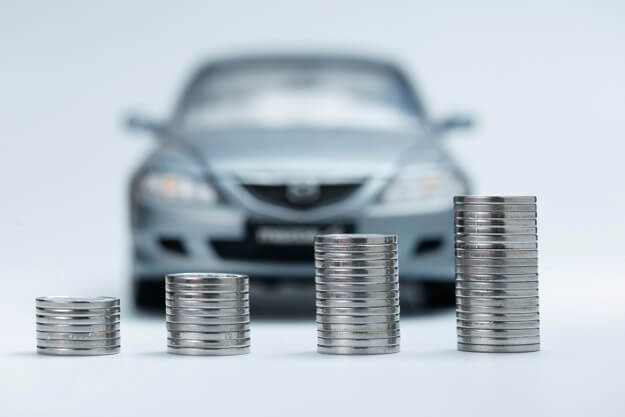What is an On-Road Price?
The on-road price of an automobile is the final amount a buyer pays to the dealer while making a purchase. It vividly varies from state to state and even from dealer to dealer. The on-road price of a vehicle includes the ex-showroom price of the car in your city, insurance charges, road-tax, registration charges, handling charges, and so on.
On-Road Price = Ex-Showroom Price + Insurance Charges + Road-Tax, Registration Charges + Handling Charges + Additional Charges
How is the Road Tax Computed in West Bengal?
Road tax in India is enforced by both the Central and the State government. Road tax is distinct from state to state because the road tax imposed is subject to government rules, traffic regulations, etc. When you are purchasing the vehicle, you will be charged the central excise duty, central sales tax, and state VAT. The road tax in West Bengal is calculated depending on the engine capacity, seating capacity, and cost price. Road tax is separate for trucks, vans, cars, two-wheelers, and so on.
In West Bengal, people have to pay the road tax when purchasing a two-wheeler or four-wheeler. The section and act under which road tax is levied in West Bengal is Section 39 of the Motor Vehicle Act, 1988. This section states how to calculate tax on the vehicles sold or registered in West Bengal.
The state charges various taxes on vehicles to earn resources for the state. It is a critical source of revenue for the state. The on-road price consistently exceeds the ex-showroom price by 10%.
What is a driving licence?
The driving licence authorizes a driver to drive various types of motor vehicles on Indian roads. They are managed by the Regional Transport Authorities/Offices (RTA/RTO).
A driving licence West Bengal can also be used as photo identity proof for a holder of the permit. The following are general types of driving licences in West Bengal:
Learner’s licence:
This licence is issued to a person after he has learned driving and is valid for six months. Usually, a co-driver is required when driving with a Learner’s licence.
Permanent licence:
A person with a Learner’s licence can apply for a Permanent licence after thirty days of issuance of the Learner’s licence. With a permanent licence, a person can drive freely, keep within the road rules, and adhere to safety precautions.
In WB, the Vahan e-services program allows you effortlessly avail a DL at the jurisdictional RTO (Regional Transport Office). The applied DL authorizes you to operate and drive a specific class or class of motor vehicle in any part of India. The backing eligibility criteria should be kept in mind before applying for a DL.
- Applicants between the age group of 16-18 years are permitted to drive a motor vehicle up to 50cc in the non-geared category.
- Applicants aged 18 years and exceeding will be permitted to drive any motor vehicle in the non-transport class for personal use.
- People aged 20 years and exceeding will be permitted to apply and obtain a licence for all vehicles, including transport vehicles.
To be entitled to a DL, you will be required to obtain a Learner’s licence initially by taking part in the written test if you fall into the relevant category. The test will combine written and verbal portions to test your capability on road safety rules, regulations, and general consciousness of signs and signals.
After acquiring the LL, the holder can apply for a permanent licence any time after a month of holding the temporary licence. The sustainability of this document is 6 months from the date of issue and cannot be renewed.


